We are OZ. We take pride in our craftsmanship and work from an investigative down-to-earth attitude. Without preconceived ideas we create modern architecture that embraces the complexity of life and enriches its environment.
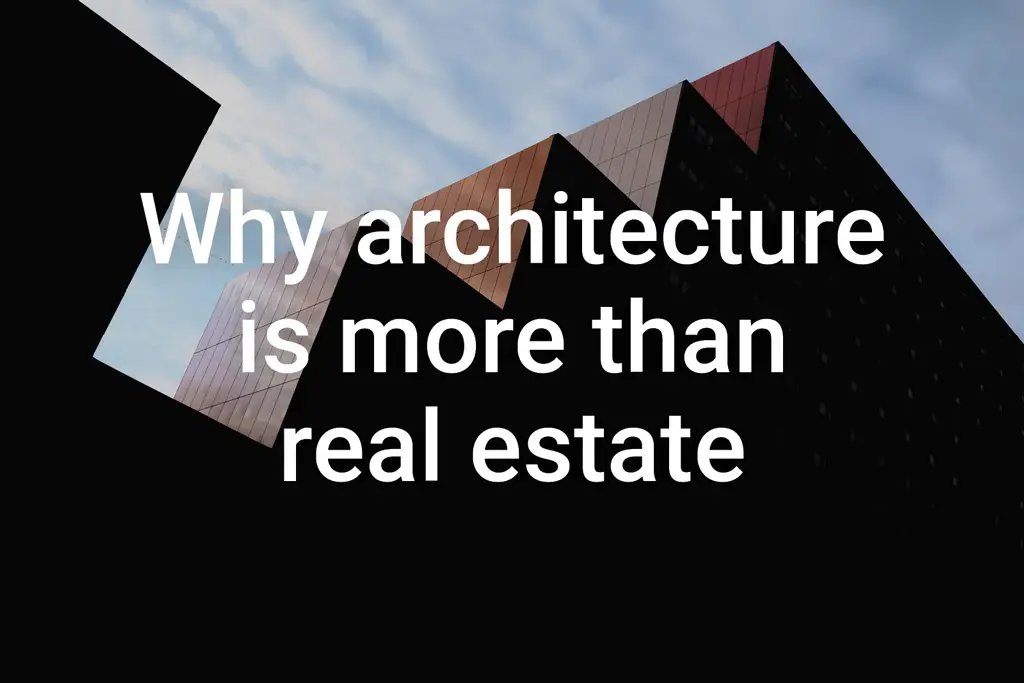
Urban nomads can live anywhere, but most of us want to live somewhere. This is why we design contemporary buildings with a strong character, that not only react to their context but shape it. We search to understand the qualities of a location and we cherish its historical traces to generate designs that add to its unique character. In this way we shape identity and create a somewhere for the growing number of urbanites.
OZ designs for life in the city, transforming areas into new places to live. We combine programs to create synergy. Social interaction is essential in our architecture. We make spaces for people to meet, places to relax and work. We believe that it is our job as architects to create those spaces, public or collective, in and around our buildings, wherever possible.
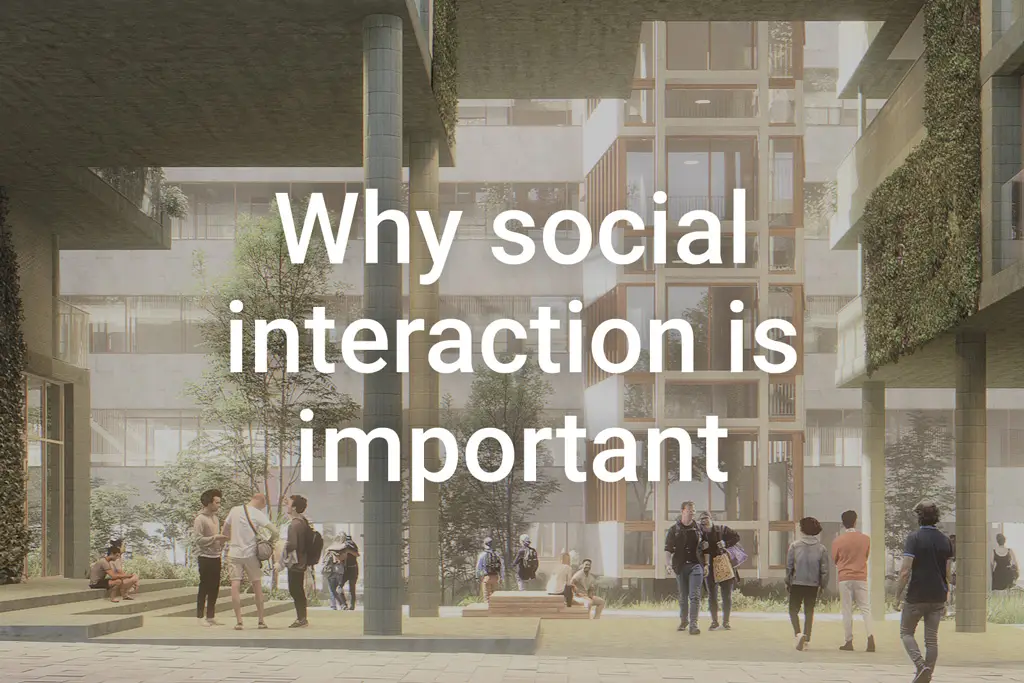
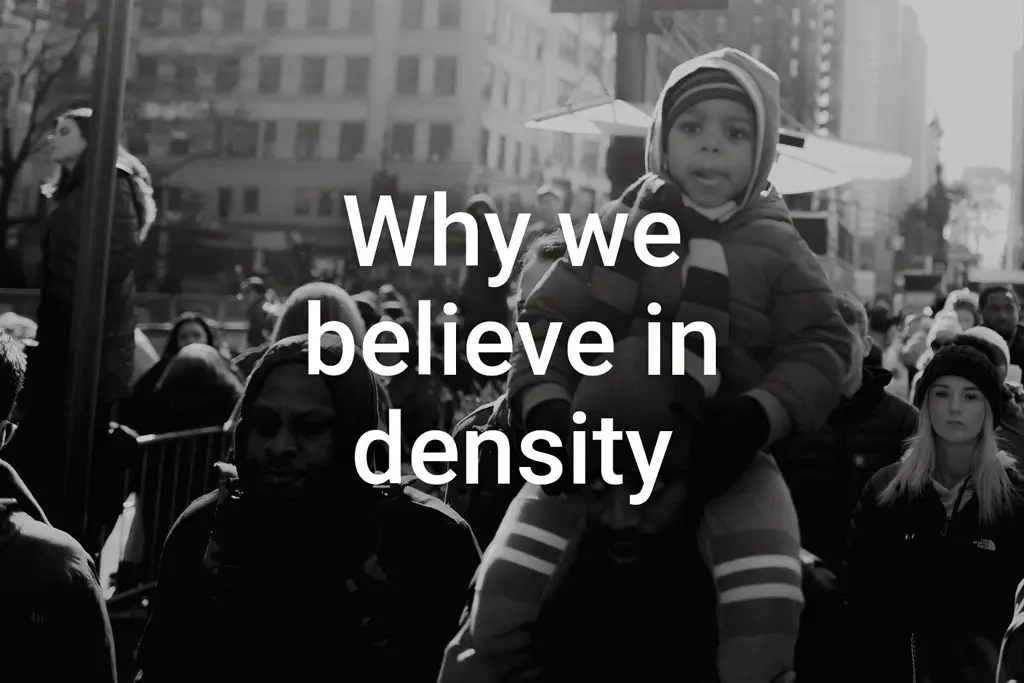
If we don’t want to succumb into endless sprawl, traffic jams and pollution, we must embrace density. For us, densifying cities creates a very interesting challenge. Because of its complexity, density creates new solutions, new opportunities, new cultures, new communities, new art, new music and new architecture. Sprawl is boring, density is exciting.
On the path towards designing Paris Proof buildings, we believe, the large dependence on technical installations will become counter effective. We want to make projects thoroughly sustainable and also feasible. We embrace the idea of buildings without mechanical heating or ventilation, exchanging technical hardware for software, using bio based materials and so reducing the carbon footprint of our designs not because we are idealists but because we are realists.
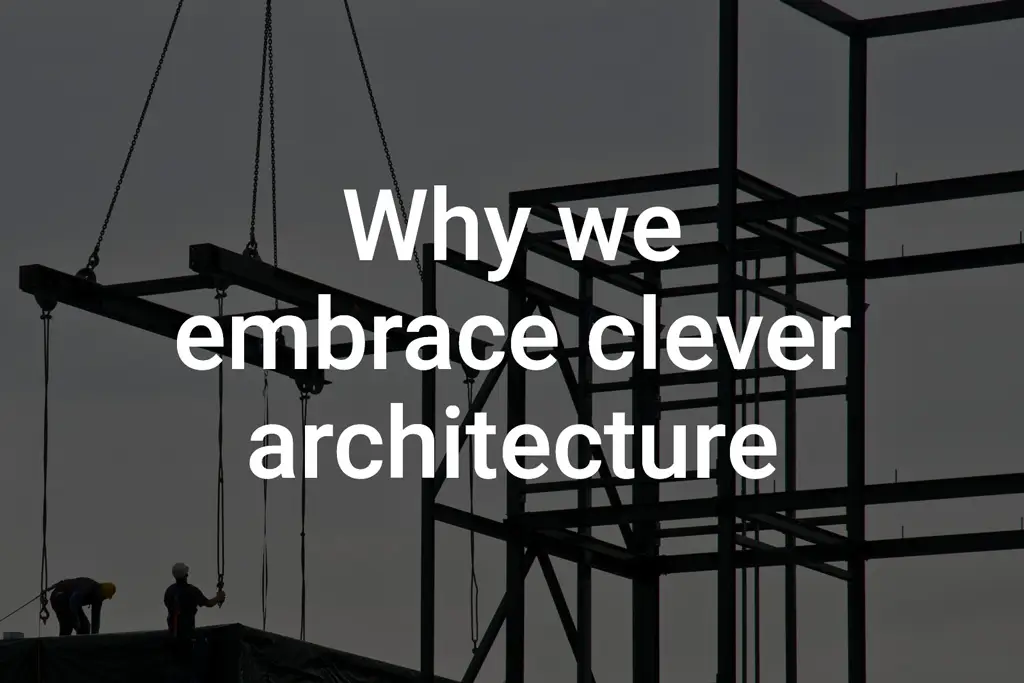
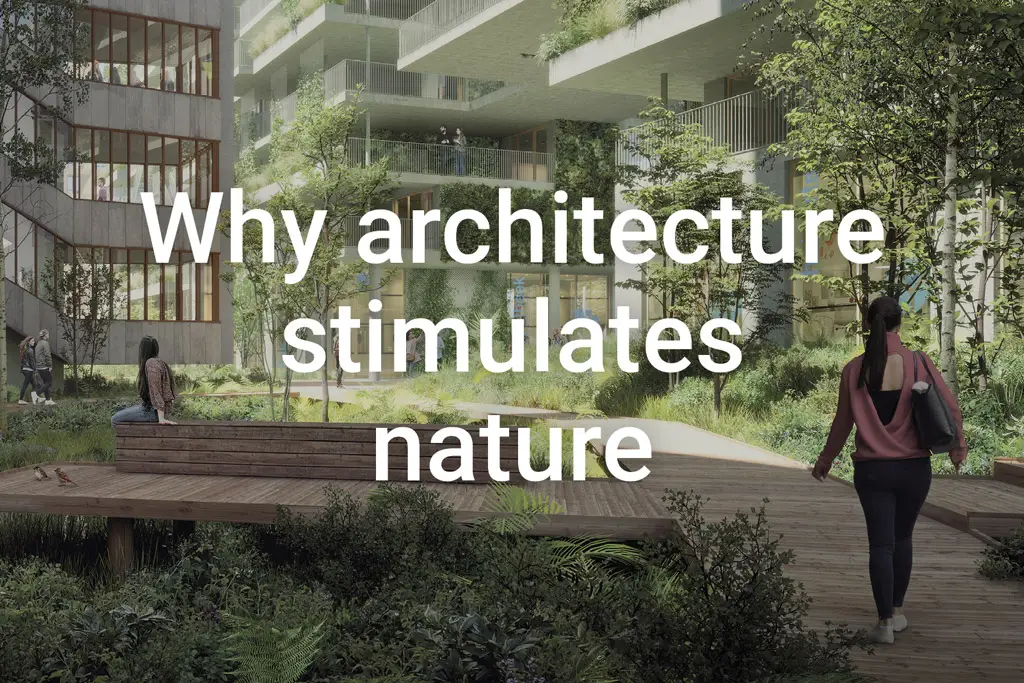
To transform parts of our city in new thriving places for people to work and live, we have to look beyond buildings. There can be no good densification of the city without intensifying urban nature in the form of greens and parks for people and green roofs and walls for fauna. As the countryside, in a sense, becomes more mono-functional the city has the potential to enforce natural diversity, to bring people and nature closer together.

Urban nomads can live anywhere, but most of us want to live somewhere. This is why we design contemporary buildings with a strong character, that not only react to their context but shape it. We search to understand the qualities of a location and we cherish its historical traces to generate designs that add to its unique character. In this way we shape identity and create a somewhere for the growing number of urbanites.
OZ designs for life in the city, transforming areas into new places to live. We combine programs to create synergy. Social interaction is essential in our architecture. We make spaces for people to meet, places to relax and work. We believe that it is our job as architects to create those spaces, public or collective, in and around our buildings, wherever possible.


If we don’t want to succumb into endless sprawl, traffic jams and pollution, we must embrace density. For us, densifying cities creates a very interesting challenge. Because of its complexity, density creates new solutions, new opportunities, new cultures, new communities, new art, new music and new architecture. Sprawl is boring, density is exciting.
On the path towards designing Paris Proof buildings, we believe, the large dependence on technical installations will become counter effective. We want to make projects thoroughly sustainable and also feasible. We embrace the idea of buildings without mechanical heating or ventilation, exchanging technical hardware for software, using bio based materials and so reducing the carbon footprint of our designs not because we are idealists but because we are realists.


To transform parts of our city in new thriving places for people to work and live, we have to look beyond buildings. There can be no good densification of the city without intensifying urban nature in the form of greens and parks for people and green roofs and walls for fauna. As the countryside, in a sense, becomes more mono-functional the city has the potential to enforce natural diversity, to bring people and nature closer together.

Urban nomads can live anywhere, but most of us want to live somewhere. This is why we design contemporary buildings with a strong character, that not only react to their context but shape it. We search to understand the qualities of a location and we cherish its historical traces to generate designs that add to its unique character. In this way we shape identity and create a somewhere for the growing number of urbanites.

OZ designs for life in the city, transforming areas into new places to live. We combine programs to create synergy. Social interaction is essential in our architecture. We make spaces for people to meet, places to relax and work. We believe that it is our job as architects to create those spaces, public or collective, in and around our buildings, wherever possible.

If we don’t want to succumb into endless sprawl, traffic jams and pollution, we must embrace density. For us, densifying cities creates a very interesting challenge. Because of its complexity, density creates new solutions, new opportunities, new cultures, new communities, new art, new music and new architecture. Sprawl is boring, density is exciting.

On the path towards designing Paris Proof buildings, we believe, the large dependence on technical installations will become counter effective. We want to make projects thoroughly sustainable and also feasible. We embrace the idea of buildings without mechanical heating or ventilation, exchanging technical hardware for software, using bio based materials and so reducing the carbon footprint of our designs not because we are idealists but because we are realists.

To transform parts of our city in new thriving places for people to work and live, we have to look beyond buildings. There can be no good densification of the city without intensifying urban nature in the form of greens and parks for people and green roofs and walls for fauna. As the countryside, in a sense, becomes more mono-functional the city has the potential to enforce natural diversity, to bring people and nature closer together.
OZ is looking for a junior technical designer with an eye for detail and a heart for building
Are you someone who gets energy from working out smart, sustainable solutions? Do you have an affinity with complex projects and do you want to work on projects that really mean something to the city and its inhabitants? Then we would like to meet you.
We are always open to the opportunity to meet talented and ambitious architects and interns. Please send your application (including CV and portfolio) to jobs@ozarchitect.nl
Only complete applications will be reviewed and considered for an invitation to an introductory meeting.
Looking forward to meet you!
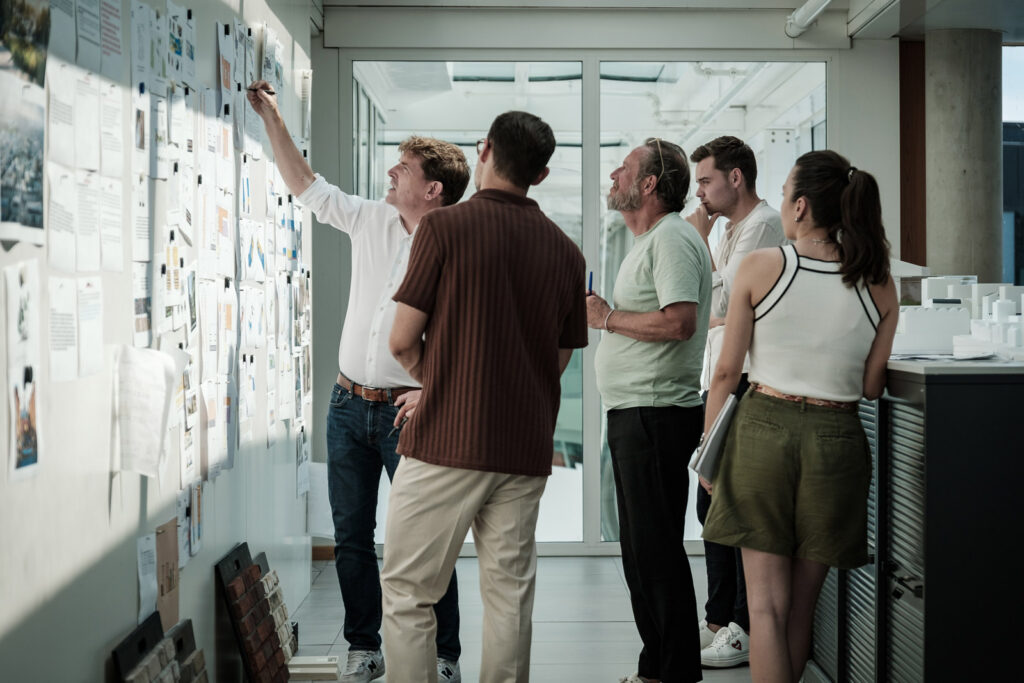

We are always open to the opportunity to meet talented and ambitious architects and interns. Please send your application (including CV and portfolio) to jobs@ozarchitect.nl
Only complete applications will be reviewed and considered for an invitation to an introductory meeting.
Looking forward to meet you!
Team

Jamie Bakkes
architect

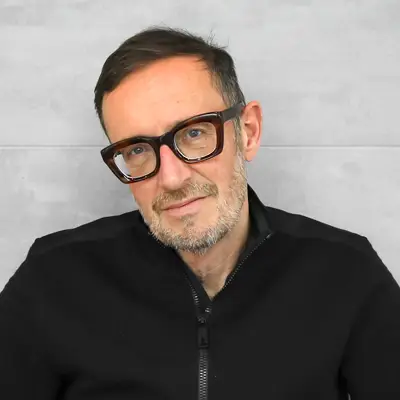
John Bosch
architect partner

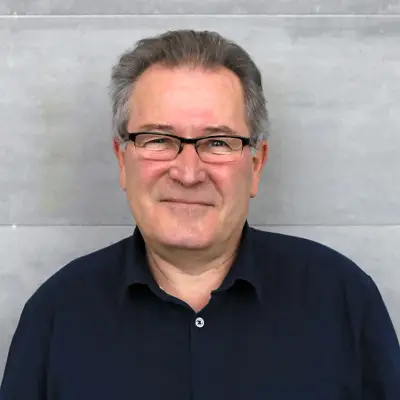
Philippe Collette
technical designer

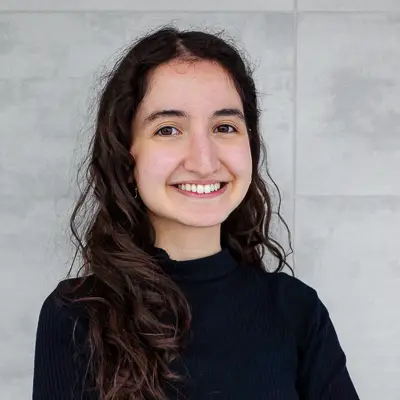
Süreyya Dogan
technical designer


Jessie Dong
architect

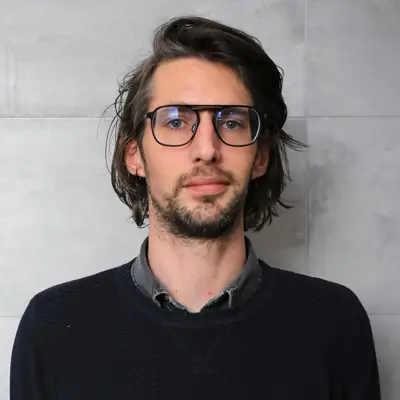
Lennart Dorrestijn
technical designer

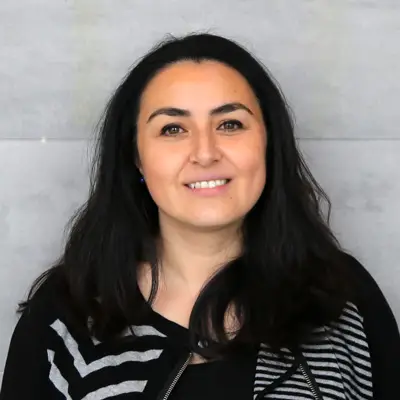
Cecilia Gallardo Rioseco
senior architect


Valentino Gigante
technical designer

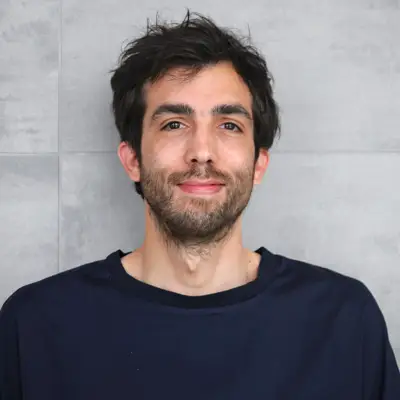
Stefano Giudici
architect

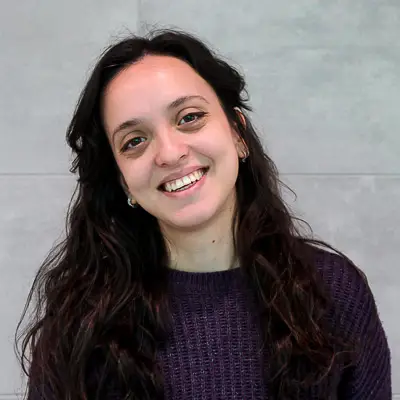
Maral Gunenc
designer

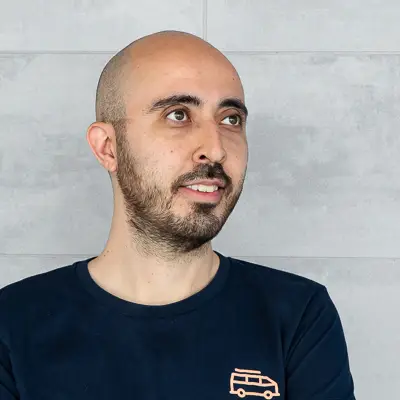
Reza Hamidi
bim coordinator

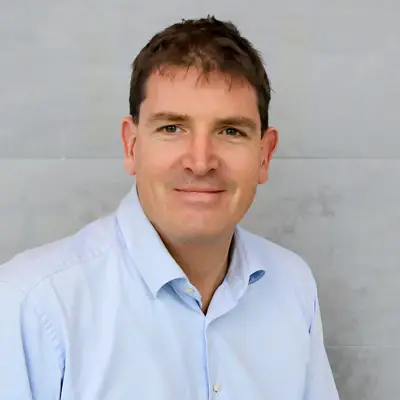
Martin de Jong
senior architect


Sander Kleijn
senior technical designer

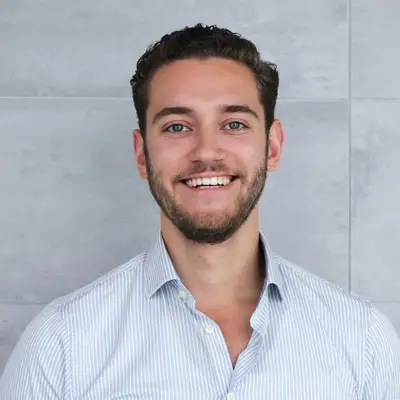
Gijs de Kok
technical designer

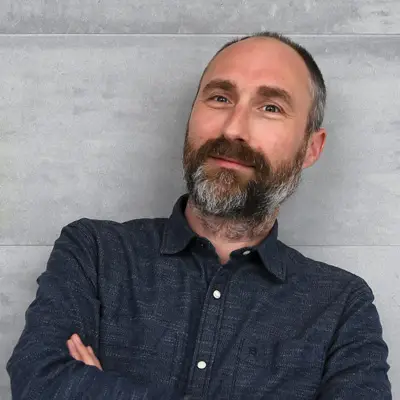
Valentijn Kortekaas
graphic designer

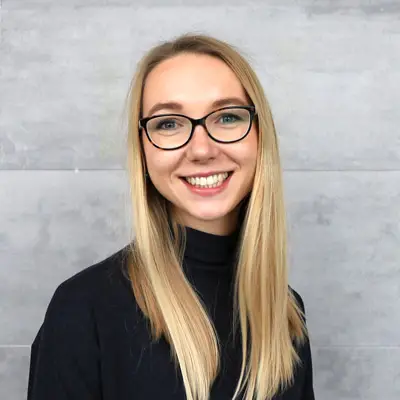
Beata Kozlovska
architect


Jacko Laan
senior technical designer

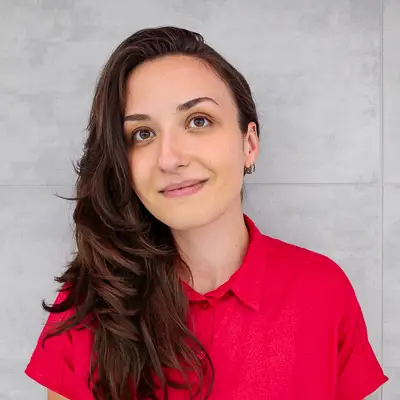
Jagoda Lintowska
designer

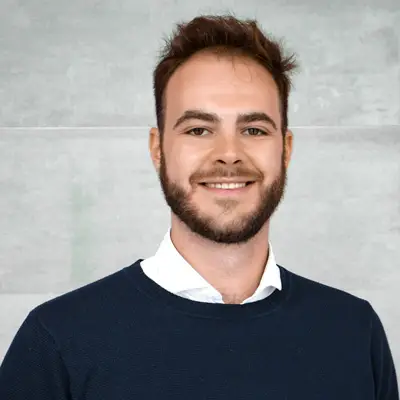
Simone di Massa
architect


Mark Lodder
senior technical designer


Sharon Nuismer
secretary


Ewald Plas
technical designer


Gijs Poldermans
architect

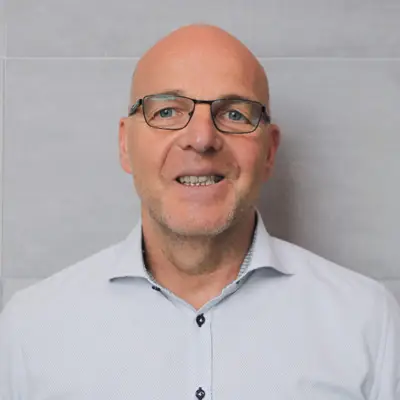
Willem Reitsma
administration

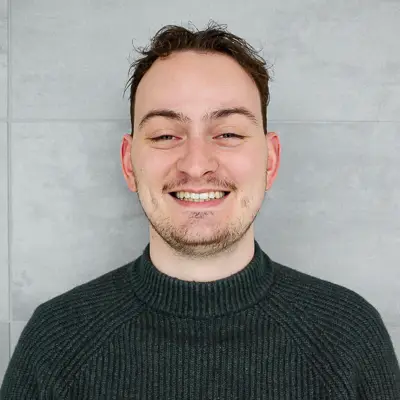
Dennis Ridder
technical designer

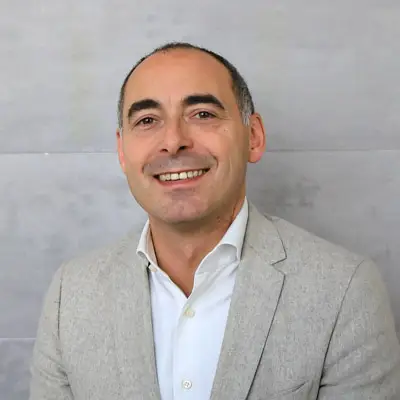
Oresti Sarafopoulos
architect partner


Sam Scholting
technical designer

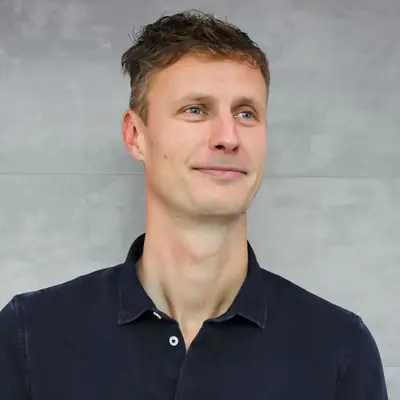
Rogier Söhne
architect


Simon Strba
architect

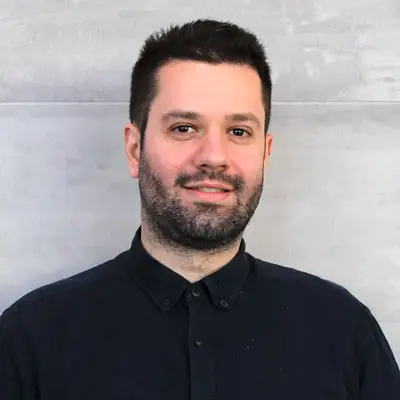
Nikola Todorovic
architect

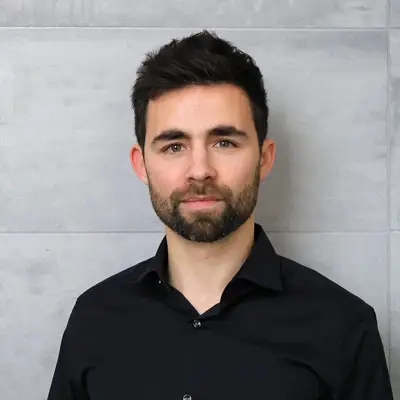
Maarten Verhelst
senior architect


Sylvia Visser
senior technical designer

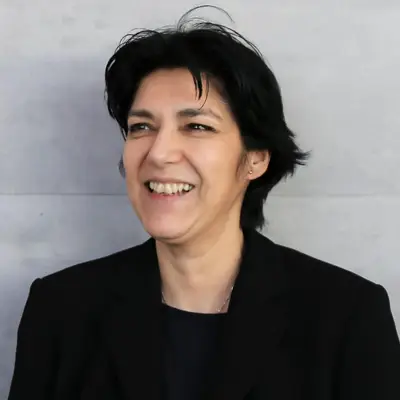
Farida de Vries
senior architect


Marilene de Wit
architect

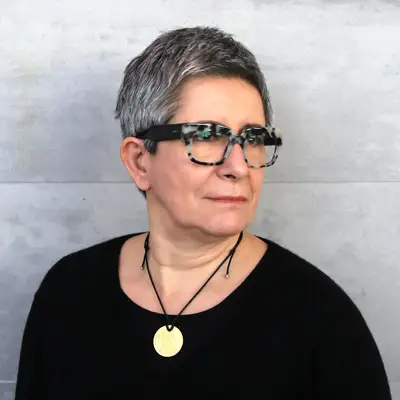
Joanna Wnuk
interior architect

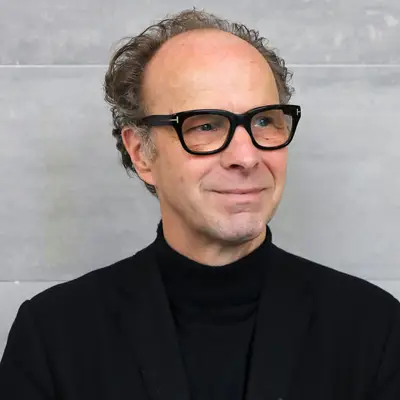
Wouter Zaaijer
founding partner

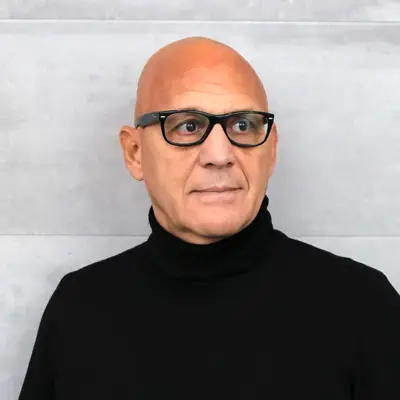
Chris Zwiers
architect partner

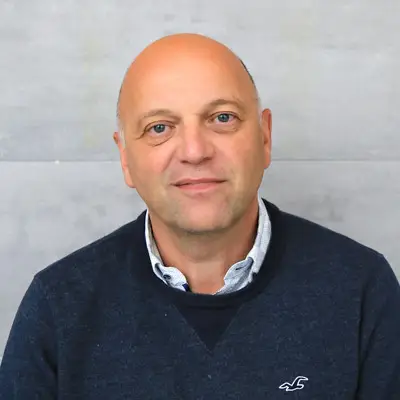
Koos Zwitser
project manager

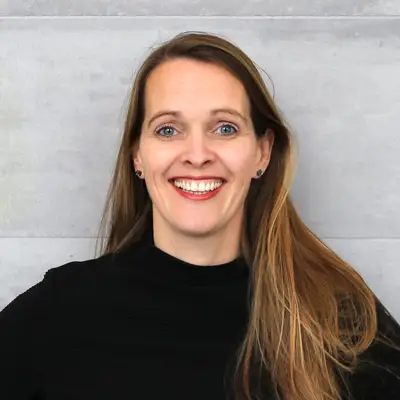
Marlies Zwols
managing director


